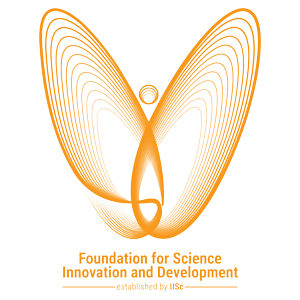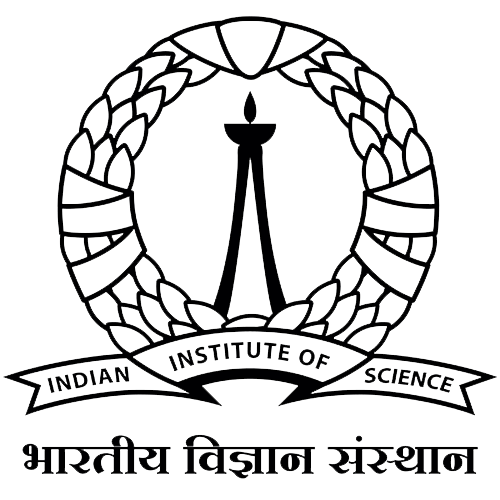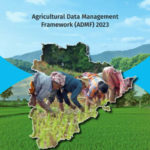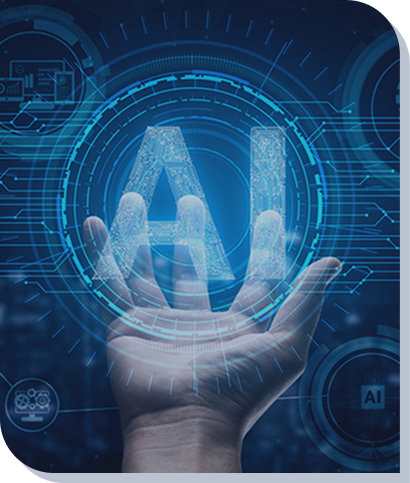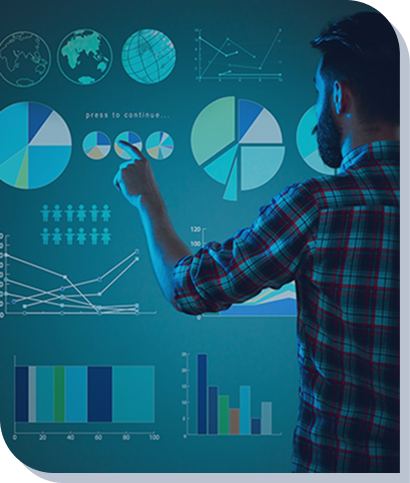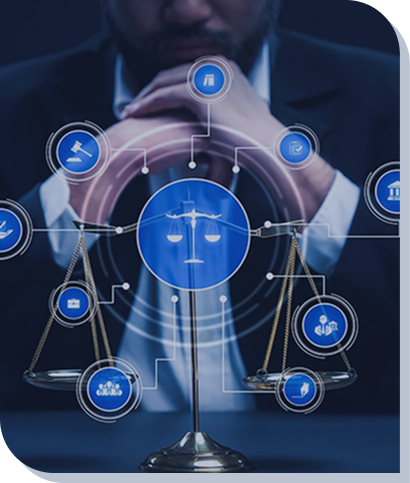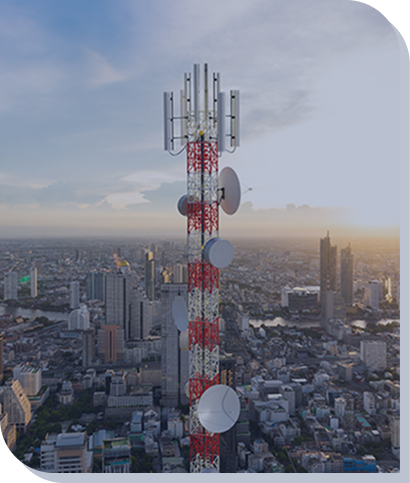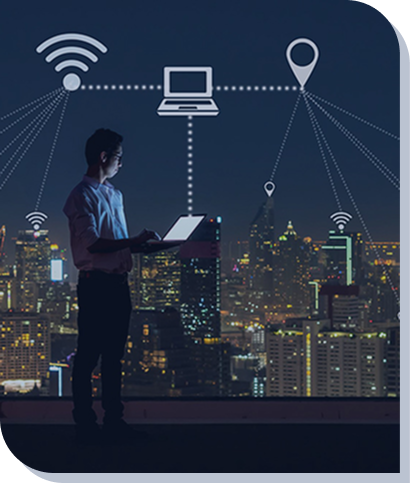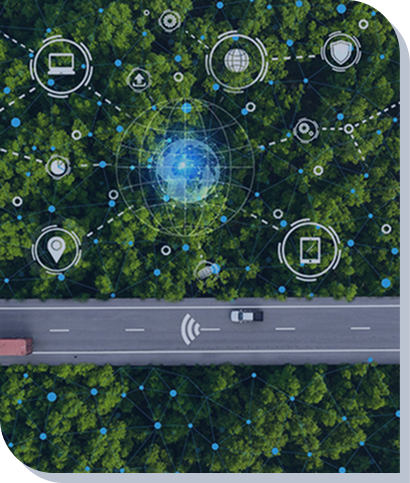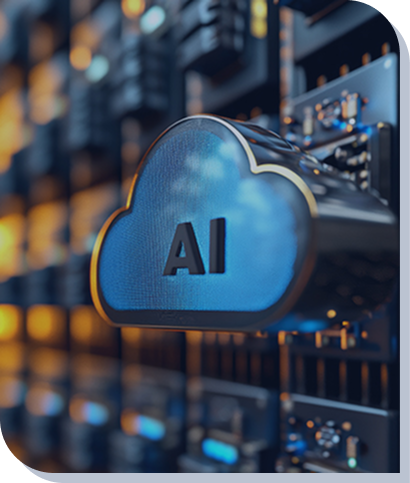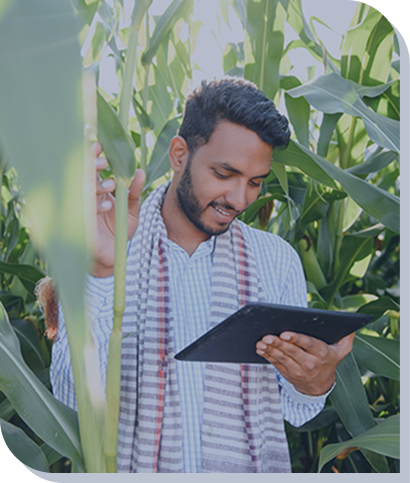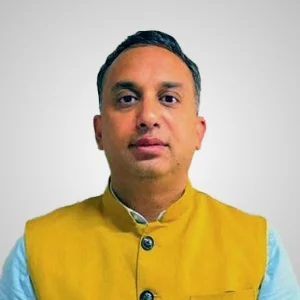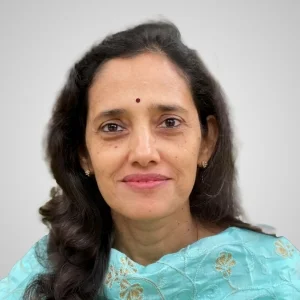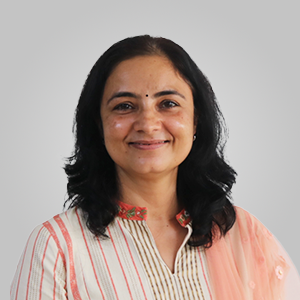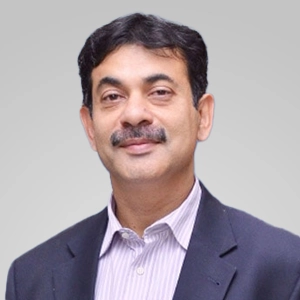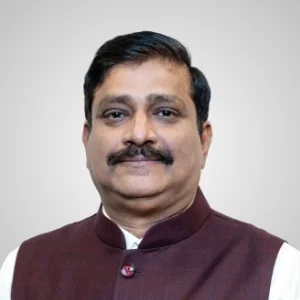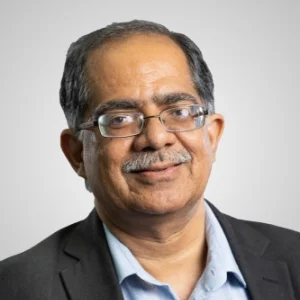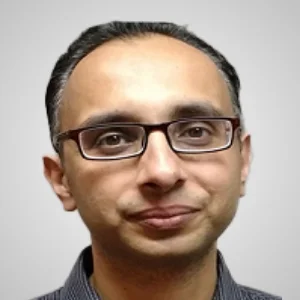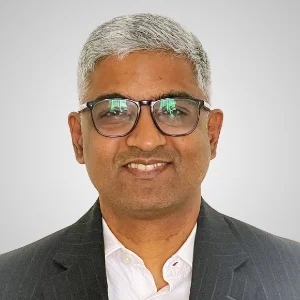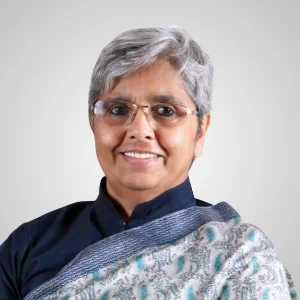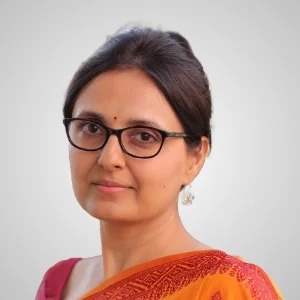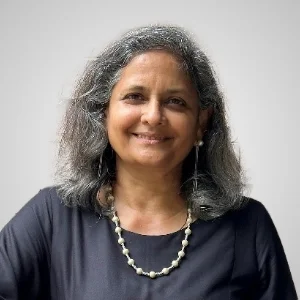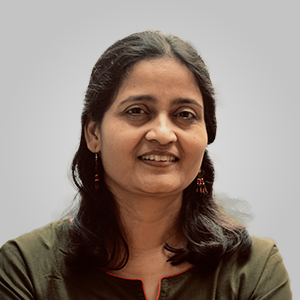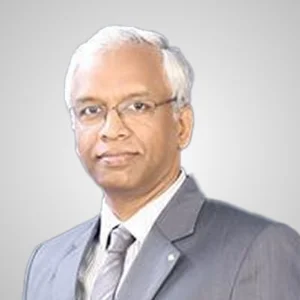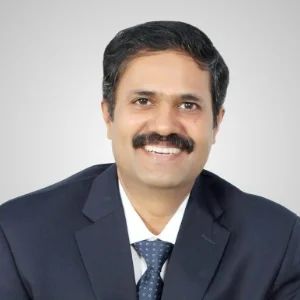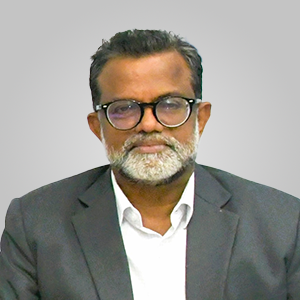In 1987, the World Commission on Environment and Development of the United Nations released Our Common Future, also known as the Brundtland Report. The report firmly established the modern paradigm of sustainable development, as “development that meets the needs of the present without compromising the ability of future generations to meet their own needs”.
This definition established the inextricable linkage between “sustainability” and “development”. Development that doesn’t consider and factor in long-term socio-environmental objectives, implications and consequences is short sighted, inappropriate and un-sustainable. Sustainability visions, blueprints and plans that do not fully cater for the needs of the present, including economic development and the alleviation of poverty, are unrealistic and fundamentally untenable.
In 2015, the UN further refined the concept, surveying more than a million people around the world, and distilling the results into 17 interlinked “Sustainable Development Goals” or SDGs. These specify desirable societal objectives ranging from poverty alleviation to climate action to food security, along with a system of sub-goal targets and measurement to track progress on these.
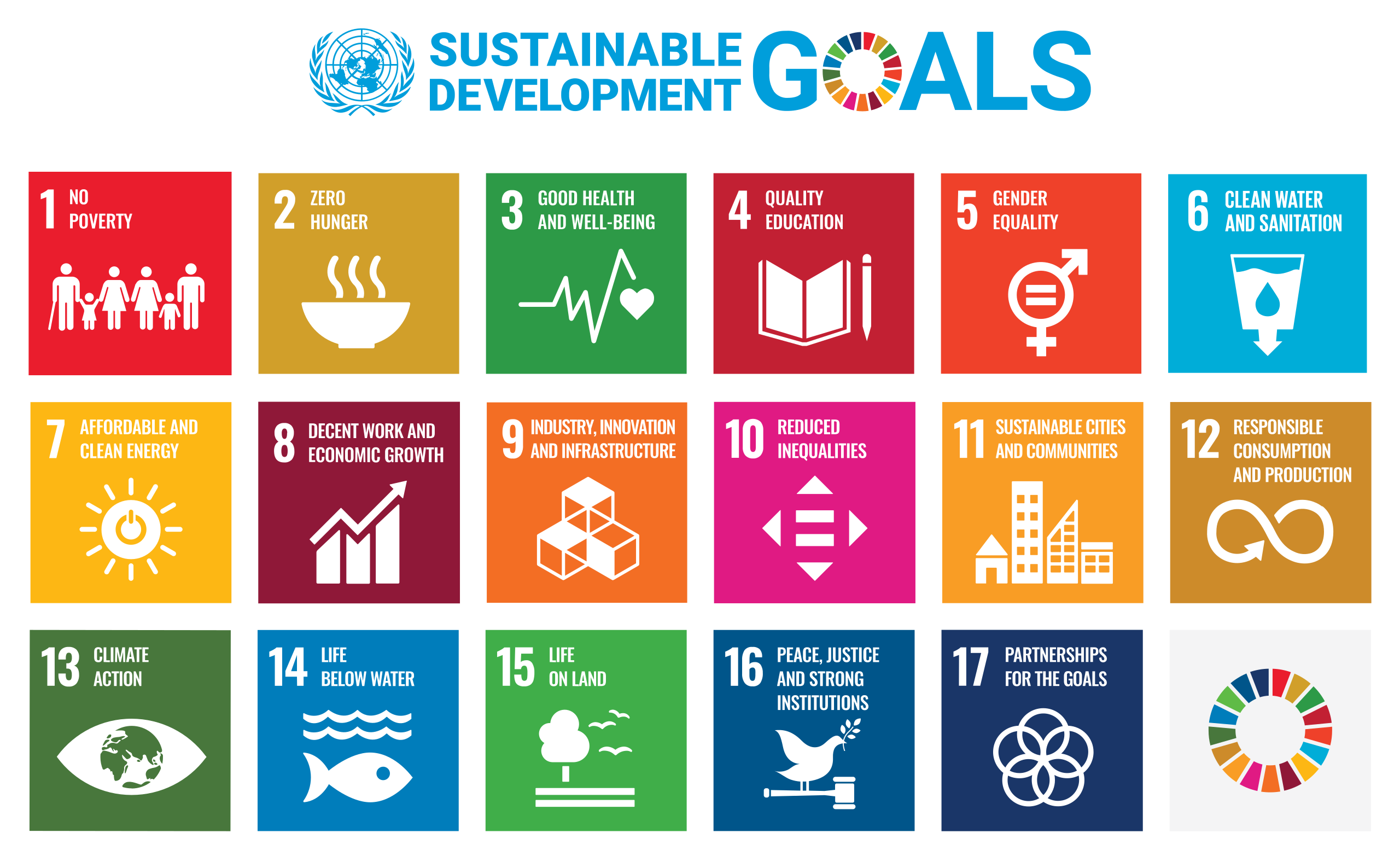
While the “what” of sustainable development has been determined by a globally consultative process, the “how” of achieving these ambitious goals remains a challenging open problem for each country to determine and implement according to its particular context, development trajectory, resources and constraints. According to the UN, “India is critical” in determining the success of the SDGs. A NITI Aayog report also acknowledges that “the world cannot achieve the SDGs without India achieving them”, and that Indian success stories can potentially guide other countries as well.
Keeping this in mind, it’s worthwhile asking: “how” may India achieve a sustainable development pathway, given its ongoing evolution into a digital economy and “information society” whose processes will be increasingly facilitated and governed through emerging data-based technologies, advanced public and private digital infrastructure and artificial intelligence?
It would seem that while data is foundational for societal value creation in a smart governance ‘stack’, data collection cannot, in itself, solve complex and interlinked sustainable development challenges. For example, air quality sensors installed in a city can inform us regarding pollution in a spatio-temporally granular manner. However, moving to better outcomes in air quality might require cleaner emission standards, financing for electric vehicles, increased green cover, dust control measures, preventing open garbage burning, addressing agricultural stubble burning, creating bicycle lanes and culture, developing efficient mass transit, prioritising innovation for air quality etc.
While data and technology can contribute to each of these, an actual transformation in a city’s air quality might require a “theory of change” with measurable outcomes to be developed and grounded through practice and experiment. How can data, digital infrastructure and emerging technologies underpin, enable and ground-truth theories of change for a sustainable development transformation?
Data Leverage for Systems Change
Systemic, or ”systems” thinking, can provide fertile ground, inspiration and tools for developing theories of change for sustainability transformations. Donella Meadows, pioneering systems scientist and one of the most influential environmental thinkers of the 20th century, observed that sustainability requires “structural change” and that “information is the key” to this transformation. Meadows also articulated an influential approach to finding “leverage points” for systems to change. These are places within a complex system (such as a country’s food system, or a city’s transport system) where a small change could potentially significantly impact the system as a whole. The leverage points are displayed below, arranged in increasing order of effectiveness , as per her original presentation. They range from ‘constants, parameters and numbers’ to ‘the power to transcend paradigms’. How can data, digital infrastructure and emerging technologies be engaged into each form of leverage, towards creating systems change for a sustainability transformation?

Let’s number the leverage points from L12 (constants, parameters, numbers) to L1 (the power to transcend paradigms). L12 leverage is illustrated by the 2015 Paris Agreement on Climate Change – to limit global temperature rise this century to within 2 degrees above pre-industrial levels. In Meadows’ ordering, constants, numbers and parameters – like the 2 degrees “target” – provide the “weakest” leverage for systems change. (Is it any surprise, then, that climate action plans have made insufficient progress to towards the goals of the Paris Agreement?)
While L12 provides ‘weak’ leverage in general, data, and scientifically well-grounded modelling can certainly enable policy-makers to determine and set more accurate, appropriate and granular system parameters and setpoints. For example, in order to prevent over-fishing in a particular area, satellite imagery, big data analytics and marine biology modelling can be integrated to set precise limits for exactly how much fishing is to be permitted in a particular coastal area. A similar approach could be set to limit groundwater extraction for agriculture based on real-time data from soil moisture sensors and weather modelling.
L11 refers to a system’s ‘buffers’ – for example, a company’s cash reserves, which guard against financial volatilities; or a forest along a river, that reduces flooding and erosion by absorbing excess rainwater. When a system’s ‘buffers’ are ‘undersized’, it lacks the ability to adequately handle shocks and contingencies. Overlarge buffers might be prohibitively costly to build or operate. Data can help in appropriately sizing buffers in a system, providing leverage for increasing sustainability in a system. For example, a country’s grain stockpiles can be inefficiently sized along supply chains. Undersized stockpiles can pose a challenge for food security in emergency conditions, like during a drought; oversized stockpiles can result in grain wastage due to spoiling. Integrating demand forecasting, supply chain data, weather and climate modelling, grain shelf life and risk modelling might enable better sizing of food security buffers for a system like the Public Distribution System (PDS). Another example of L11 data leverage is to utilise e-mobility trip data, variable electricity tariff rates, and traffic volume records to appropriately size and position battery-swap and charge station “buffers” in a city’s smart electricity grid.
L10 leverage refers to changing the actual transit of materials in a system. The IUDX’s Solid Waste Pickup Route Optimization is a great example of data leverage in this regard; the system uses Artificial Intelligence and Machine Learning (AI/ML) to optimise waste collection routes in several Indian Smart Cities for faster pickup, better fuel usage, reduced costs and increased citizen convenience.
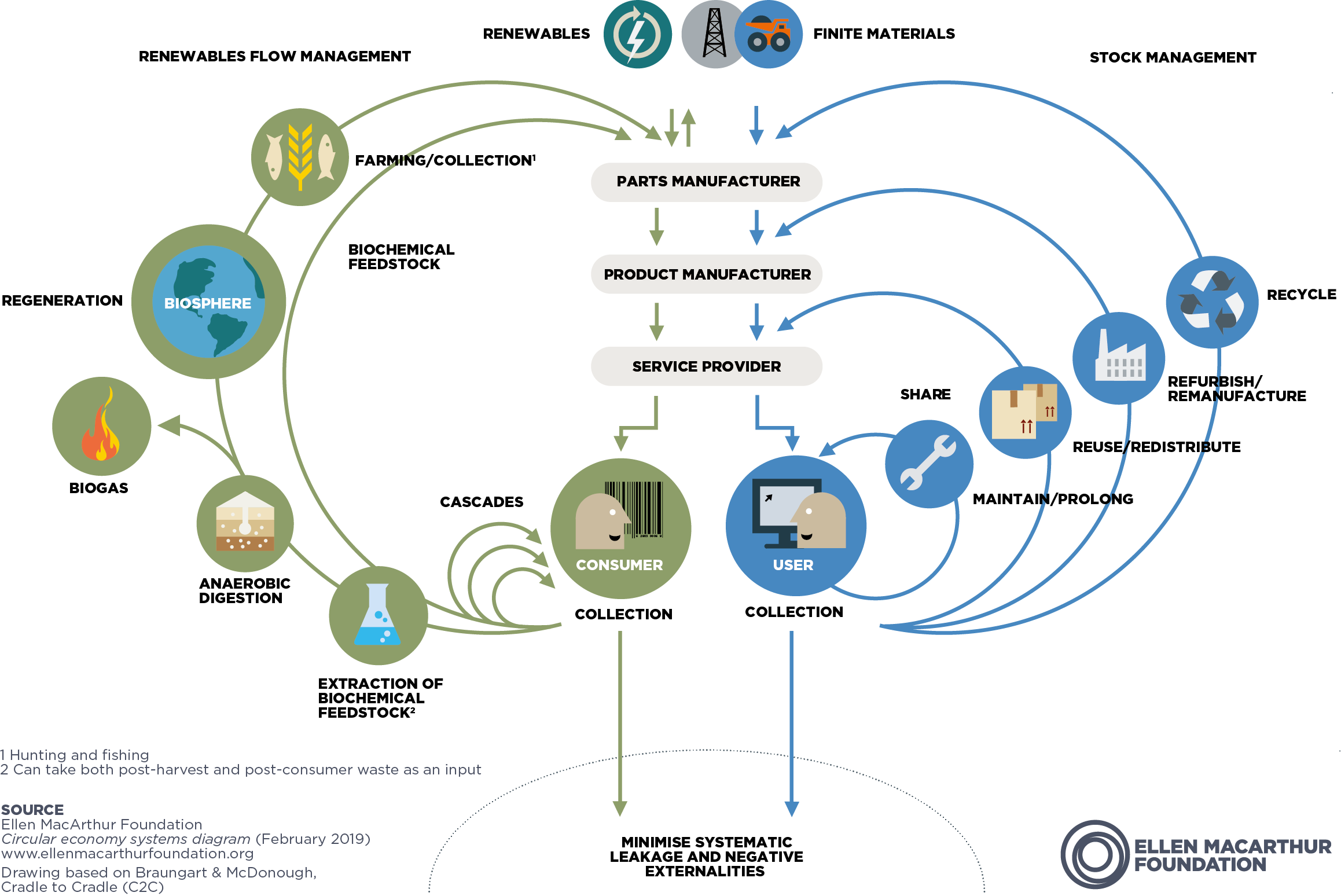
(Ellen MacArthur Foundation)
Another compelling example of L10 leverage is the potential transition to a ‘circular’ economy – moving away from the current unsustainable ‘linear’ take-make-dispose system of production and consumption. Inspired by natural cycles and ‘industrial’ ecology, this concept sees materials and biochemicals flow in “circular” and “cascading” value-chains. The circular economy concept goes far beyond just recycling waste, to include concepts like reverse product logistics, refurbishing, substituting materials, reducing or eliminating material use (dematerialisation) and comprehensive product life-cycle management. Data and emerging technologies will play a pivotal role in enabling these, through tools such as life-cycle assessment (LCA) databases, virtual material passports and digital twin technologies that can promote enhanced sustainability and circularity across value chains.
L9 – changing the length of ‘delays’ in the system, is an interesting source of leverage where data can play a key role. As an example of this, consider a water utility’s distribution system. India currently faces a reported “Non-Revenue Water” of 38% – meaning that of every 100 litres of water produced, only 62 litres are billed or metered at the point of consumption. Installing Internet-connected water flow meters across the utility’s distribution networks, and using these with backend analytics, algorithms and AI/ML can help to quickly identify and fix leaks in the system. This “reduction of delay” between the occurrence of a leak and plugging can shift the water system towards greater sustainability. This is especially important in a country like India, where an estimated 600 million people faced water stress in 2018, according to a NITI Aayog report. Another example of L9 in a smart city is IUDX’s Intelligent Traffic Signal System, which reduces the “delay” between detecting traffic congestion and adjusting traffic light schedules, compared to conventional traffic signals which use pre-set clocks.
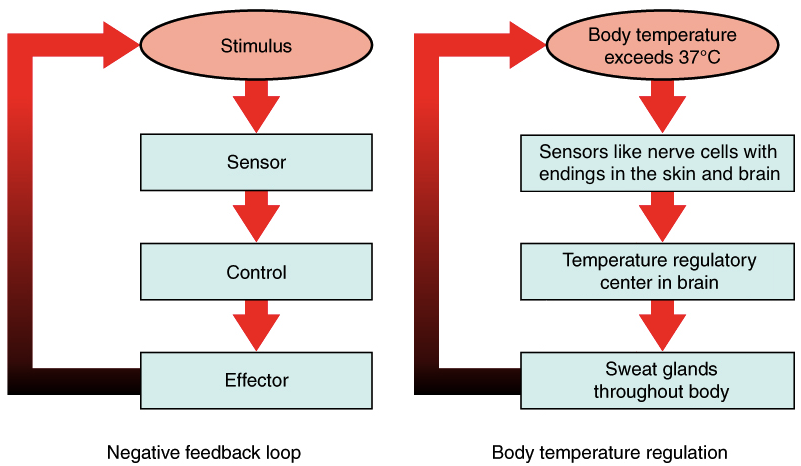
L8 leverage refers to adjusting the “strength” of stabilising negative feedback “loops” in systems. Negative feedback occurs widely in nature and generates ‘self-regulating’ behaviours, for example in predator-prey dynamics and in the human body’s homeostatic capabilities. A societal system like the marketplace is also governed to large extent by negative feedback and displays self-regulating behaviour – through “price signals” which work to moderate demand and supply of commodities, and keep them in a dynamic balance, or ‘equilibrium’. In certain cases, though, “market failure” can arise when the price signals do not adequately “capture the costs” that society bears for market transactions. For example, industries might pollute the air or water through production activities, but not pay the true cost of these due to poor or infeasible regulation. Since the cost of pollution is not correctly “internalised” in the price of goods and services, businesses and consumers in the economy do not have adequate incentive to reduce or limit their pollutive activities. This can result in a socially undesirable “overproduction of pollution” in the economy.
Deep Leverage, Information and Paradigms
So far, we have looked at the leverage points L12 to L7 in Meadows’ hierarchy of interventions for systems change. These correspond to adjusting parameters, buffers, material flows and feedback in complex systems. These aspects lend themselves especially well to data-based quantitative approaches, AI/ML, modelling and control, as we saw in the last section.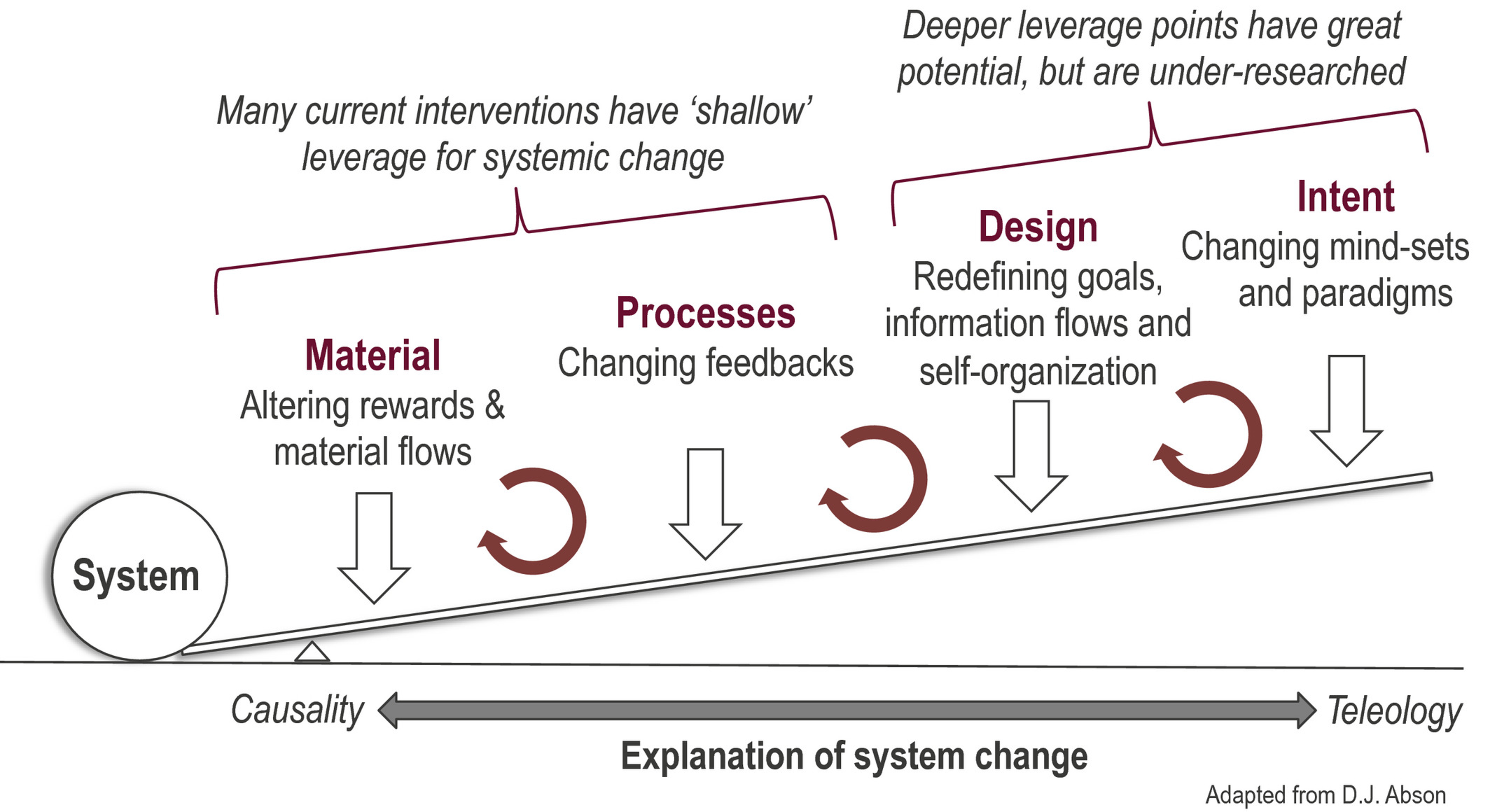
Author:
HARI DILIP KUMARRelated Posts

- CDPG
- July 6, 2021
Smart Cities Mission Celebrates Sixth Anniversary
The Ministry of Housing and Urban Affairs (MoHUA) organised an online event on June 25, 2021 to ..
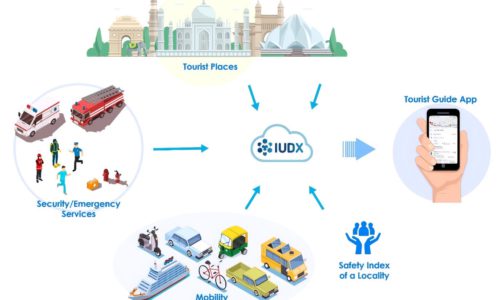
- CDPG
- August 1, 2022
Exploring India with IUDX Based Tourist Guide
India is the land of many charms offering tourists a bit of every experience. A kaleidoscope of ..

- CDPG
- December 19, 2023
Secure Multi-Party Computation
Have you ever wanted to query an online application but felt sceptical about sharing your perso ..
